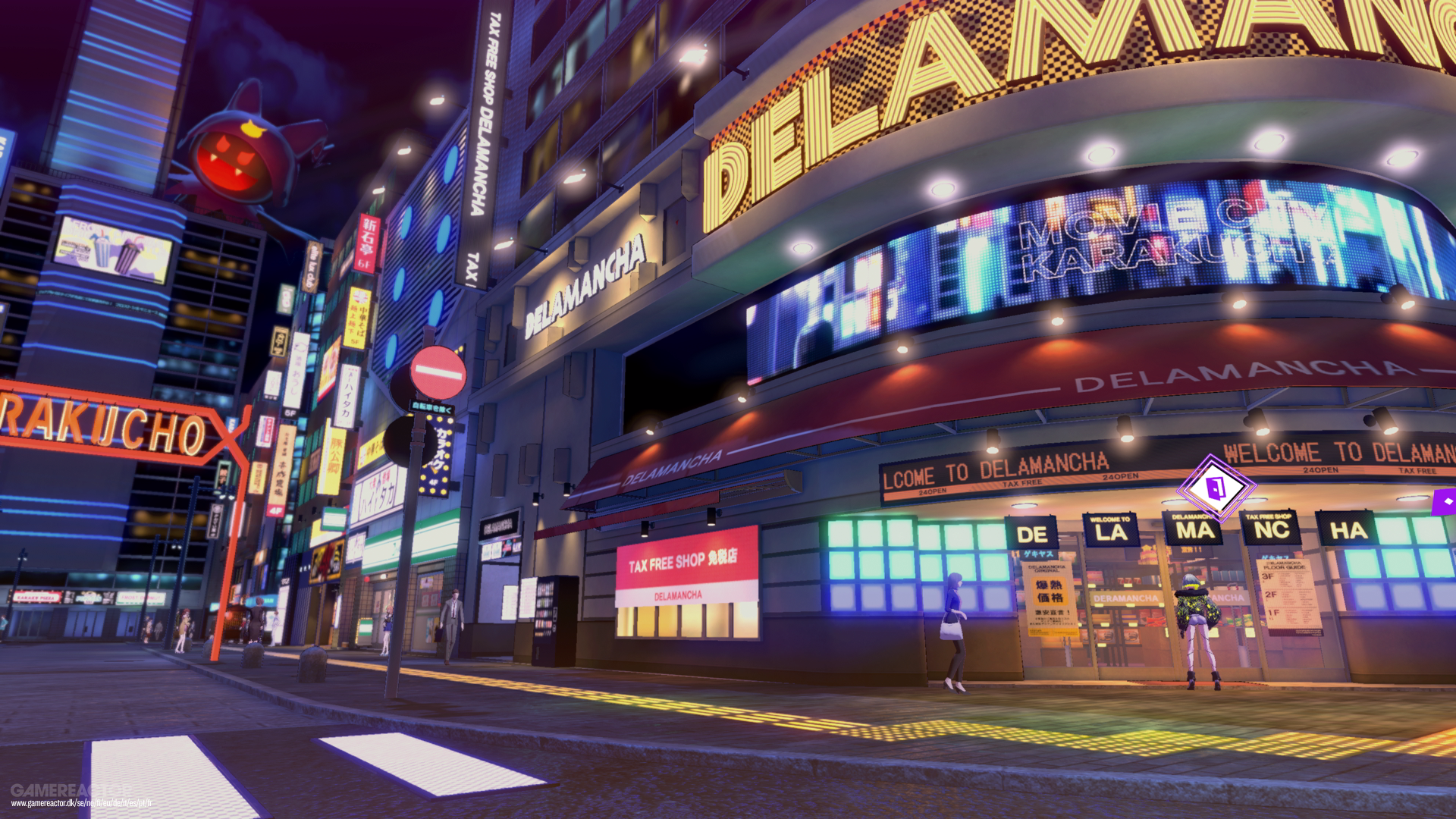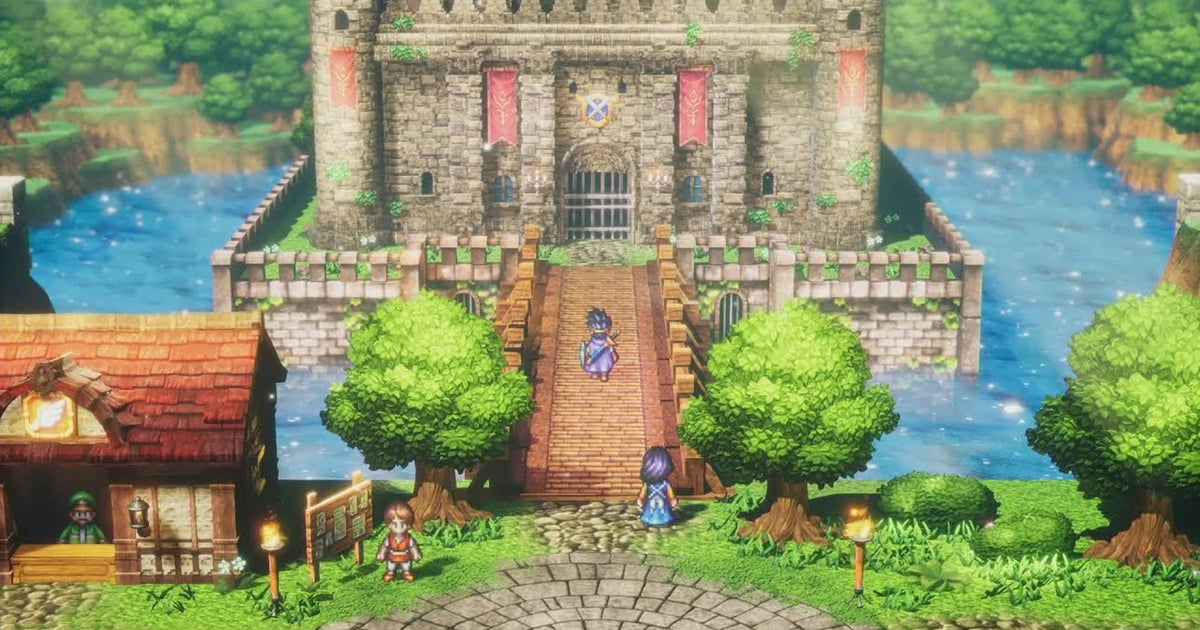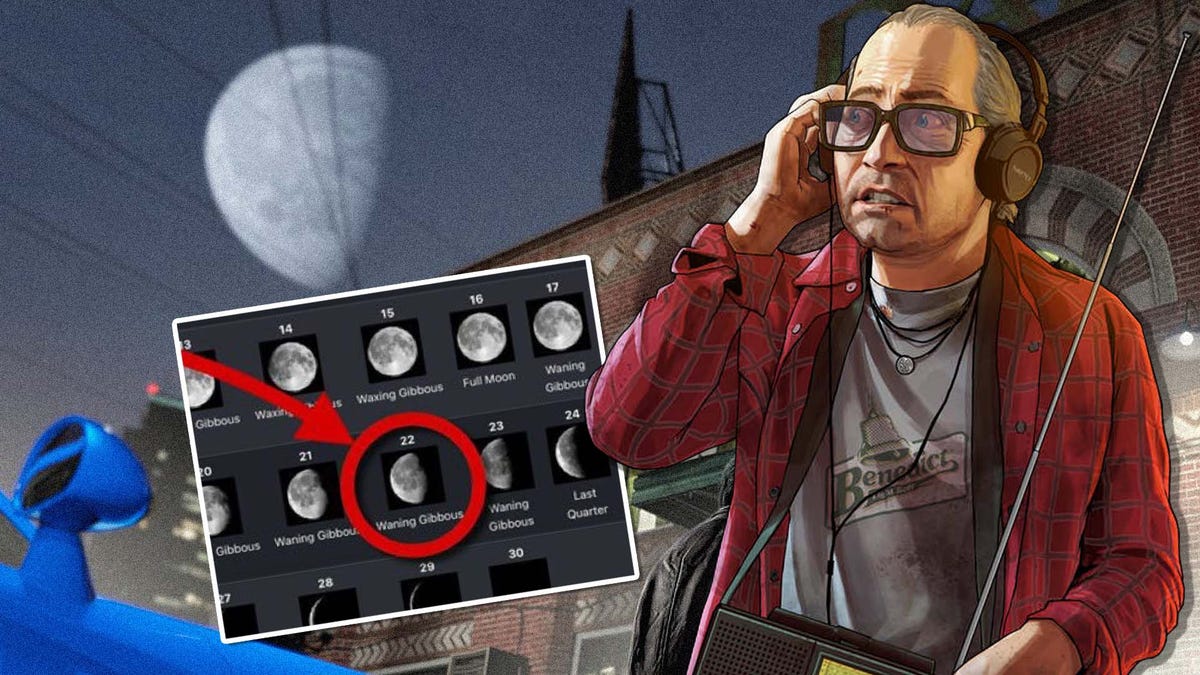Who doesn’t love a good JRPG? If you like video games, you know that titles in this Japanese genre are a fundamental pillar of our industry. The system of the group of characters in the pursuit of good has long become one of their main arguments. And in this style, with sagas like Shin Megami Tensei and Persona, Atlus has positioned itself as true masters of the genre and their games are among the most awaited by the community. This is the case of Soul Hackers 2, which brings us a new modality within the genre, very close to its older brothers.
The first thing we have to note is that the “2” after the title is practically a homage to other games developed in the saga. Soul Hackers is a release that starts the story from scratch and therefore it is not necessary to play the previous one. The first edition is related to Shin Megami Tensei: Devil Summoner: Soul Hackers, a title originally released on the Sega Saturn, re-released on the Playstation and finally ported to the Nintendo 3DS. Soul Hackers 2 moves in the same universe but changes the size of its characters and locations, bringing us an original and fresh story.
In a futuristic Japan where society has reached its evolutionary limits and people have lost interest in everything around them. The technology is so mature that people no longer have to exert themselves for anything. It is in this context that a super artificial intelligence is called aion
Advertising:
Aion has calculated how humanity will end and to prevent this we must prevent certain demon summoners from being killed. Here we first encounter the mechanic that will define the rest of the game: soul chop. Ringo will bring back the summoners of dead demons who will join us from then on to find out who is trying to end the world. There we are then introduced to our antagonist, Iron Masktrying to get hold of it alliancesthat we must find out what they are.
It’s not just about defeating the bad guys, but above all our own inner demons. During the game we will have to explore the psyche of our companions to get to know ourselves better. As we progress through combat and dialogue phases, our choices will affect the affinity we have with them, which will have a significant impact on our stats.
The spectacular designs seen in other Atlus studio sagas can also be seen in Soul Hackers. A reinvention of Tokyo’s Shibuya district, the city is a neon-tech paradise where progress is presented to us sweetly and peacefully. We are not facing a world heralding the apocalypse, but rather the apparent conclusion of our current progression. The city invites us to explore every neighborhood, every business of its inhabitants and personal events. We can be with the normal people and have a beer with our companions, or we can move to the summoners’ quarters where, as if it were Diagon Alley, we can buy items and improvements specific to the summoning. In contrast to the beauty of the city, we will have that of the dungeons, which will be dark and labyrinthine, showing us the reality of the world in which we live.
Advertising:
The interfaces and designs are very similar to Persona 5, changing its suburban aesthetic for a mix of cyberpunk with awesome features. All of the characters are hugely charismatic and distinctive, with their own stories to tell, and we’ll appreciate stopping in from time to time to hear their news and advice.
The turn-based combat that is so characteristic and classic of these franchises returns once again with modifications that make it more appealing and different. By hacking the souls of the summoners, their fate will no longer be tied to a specific demon, but we can (and must) trade in for those more suitable throughout our adventure. Elemental weaknesses will be present again and we must be vigilant to carry out the fights effectively.
One of the opportunities that the city offers us is opportunity merge demons. In these fusions we can grow as summoners and get stronger demons that will help us in our adventure. The demons can be found in our dungeon explorations, where they will ask us to join our team, sometimes for money or our HP.
As for the dungeons, we find ourselves in suburban labyrinths plagued by demonic beings. Although they appear repetitive and simple at first, we soon realize that the implementation of puzzles makes their exploration challenging beyond combat. Sometimes each simulates a real nightmare, each has its own challenge that goes beyond its labyrinthine aspect and makes it difficult for us to reach the last enemy.
Soul Hackers is without a doubt the most accessible game in terms of understanding the mechanics to approach the Atlus sagas. We must not confuse it with its difficulty, Soul Hackers does not allow shortcuts, you will have to face all sorts of challenges if you want to reach the last enemies in conditions. Most skills have high MP costs that don’t scale well with your growth, so we have to be very careful how we use them in dungeons. In Soul Hackers we don’t have Pokémon centers and the use of objects is very limited, both by our money and by the amount that the game allows us to carry, so strategy is essential if we want to be good summoners.
We were able to enjoy Soul Hackers 2 on a PlayStation 4 Pro whose performance was perfect. Unlike recent cross-gen console games, we didn’t experience any frame-rate drops.
Comparisons are hated, but sometimes necessary. Soul Hackers falls a bit behind compared to its older brothers. Although the setting and soundtracks are perfectly on par, we miss the great animations that we could see in Persona 5. It also happens to us with the phases of the city, although the scenarios are great, they would be perfect if we could navigate between them in an open world system and not limited to fast travel, eliminating immersion entirely.
In short, Soul Hackers 2 is a worthy spin-off and a continuation of the series we have high hopes for in a future Soul Hackers 3.















